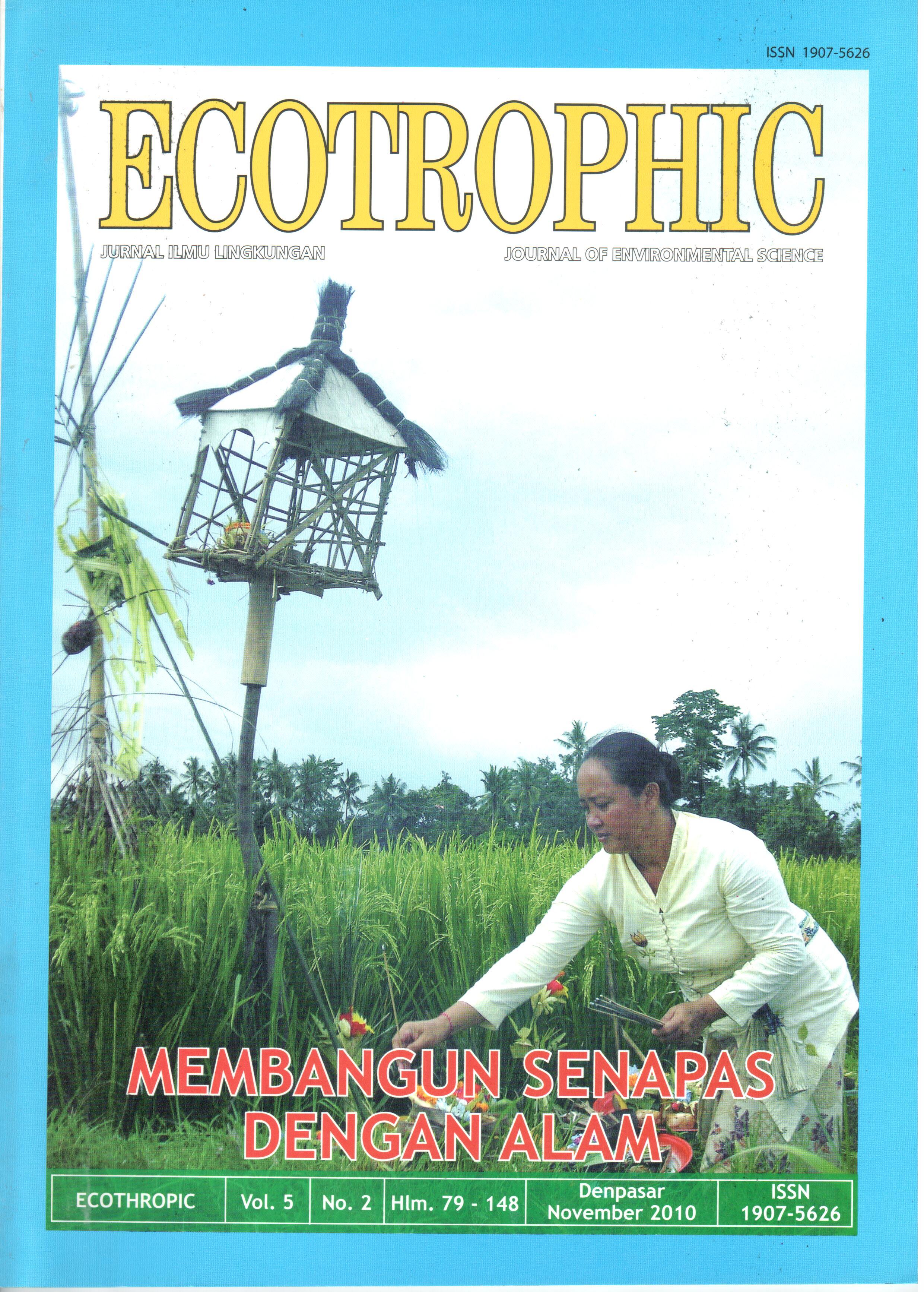THE ETHNOECOLOGICAL STUDY OF SATOYAMA
Abstract
The objective of this article is to examine the ethnoecological study of "Satoyama" and to present in the form of descriptive case study approach and literature approach to collect reading materials which related in this object through the website of internet and some books. The meaning of Satoyama is the mountains near the village. The mountains are put in the ecosystem that is influenced by the life of the communities. Actually, since 5000 years ago inhabitant of Japan already knew and maintained their forests in harmony. They lived around the fields near the rivers. Approximately 2000 years ago they began to plant rice in their field. Harmonious relationship between humans, forests, land and water ran from year to year in tradisional ways, they utilized the environment as wise as they could. Such conditions made Satoyama as traditional wisdom of use. Due to population growing forest conditions gradually began to change. The forest encroachment and logging for building materials of the giant castles and fuel wood destroyed forest in Japan widely. With the development of science and technology the economic value of forest in Satoyama have been influenced negatively. In short since the early 1960s years Satoyama has no economic value anymore and the traditional wisdom Satoyama society began to fall down, so the economical thinking take precedence because the rapid growth of population and development science and technology. At this time many Satoyama areas have been changed shape and it has been converted to land for housing development on a large scale into the "New Town" by the big city like; "Senri New Town'' area of Northern Osaka "Tama New Town" area of Western Tokyo "Senboku New Town'' area of Southern Osaka


